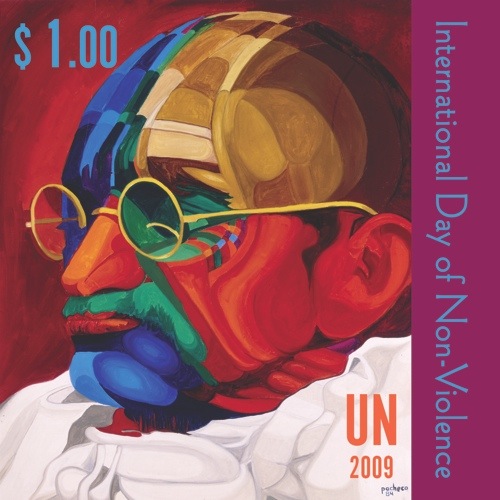“Truth never damages a cause that is just.” - Mohandas Gandhi
Yesterday, Cuba’s communist dictatorship in New York City at the United Nations demonstrated that one can win a vote, and still lose.
The United States, together with 18 other democracies, distanced themselves from the Cuban dictatorship and its falsehoods about the U.S. embargo. The total vote was 165 in favor of the resolution, seven against, 12 abstentions, and eight non votes. The dictatorship, and their allies tried to spin this non-binding resolution, a propaganda exercise, repeated annually since 1992, but this time was different.
It was a fiasco.
First, on October 28, 2025 Ambassador Mike Waltz, U.S. Representative to the United Nations factually and truthfully outlined the moral case for U.S. sanctions on the Cuban dictatorship, and rebutted the distortions, and lies circulated by Havana. Ambassador Bruno Rodriguez, the foreign minister for the Cuban dictatorship, interrupted Ambassador Waltz’s address to the UN, but came away from the encounter small, and diminished. Watch it for yourself here.
Secondly, Havana has been denying their involvement in Vladimir Putin’s war in Ukraine, but that is a lie that was called out yesteday by Ambassador Melnyk Andrii. Permanent Representative of Ukraine to the United Nations. His excellency explained that the reason for Ukraine’s vote against the resolution condemning the US embargo on Cuba was Havana’s complicity in Moscow’s recruitment of thousands of Cuban soldiers now fighting in Ukraine. You can watch his presentation below.
These are the reasons why Argentina, Hungary, Israel, North Macedonia, Paraguay, and Ukraine joined with the United States to vote against the resolution. These are also the reasons why Albania, Bosnia, Costa Rica, the Czech Republic, Ecuador, Estonia, Latvia, Lithuania, Poland, Moldavia, Morocco, and Romania abstained this time.
In addition there were eight countries that did not vote for whatever reason and they are: Bulgaria, Dominican Republic, El Salvador, Madagascar, Myanmar, Naura, Syria, and Venezuela.
The so-called “high point” in these non-binding votes was in 2016 when both the United States, and Israel abstained, and no one voted against the resolution. The vote was 191 in favor, 0 against, and 2 abstentions. This was during the Obama thaw with Havana.
This time was different, but not only due to the vote itself, but also the debate, and the action that took place on the same day.
Today, while the World was focused on Havana’s non-binding propaganda exercise, Kyiv took concrete action in protest to Cuban soldiers waging war on Ukraine for Putin.
Ukraine closed its embassy in Havana and downgraded diplomatic ties with Cuba due to the high number of Cubans recruited to fight in Russia’s illegal war, announced Ukraine’s Foreign Minister Andrii Sybiha earlier today.
It was not a good day for Ambassador Bruno Rodriguez, and the dictatorship in Havana.
Today, Vaclav Havel’s maxim uttered in his important essay, The Power of the Powerless, was seen in action. “If the main pillar of the system is living a lie, then it is not surprising that the fundamental threat to it is living in truth.”
Truth and facts exposed the Cuban dictatorship before the international community, and left it shaken.
It was a bad day for the Cuban dictatorship, but a great day for Cuban dissidents, and for freedom in New York City.















